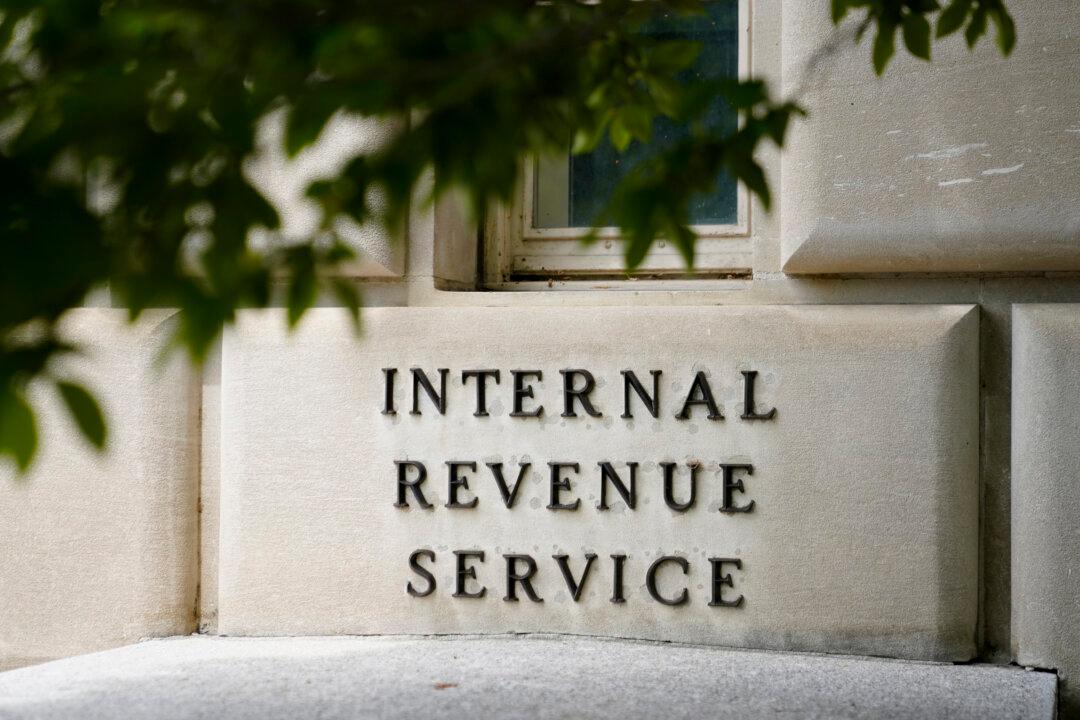The Internal Revenue Service (IRS) has set up an online resource on Employer-Provided Childcare Tax Credit, a program incentivizing businesses to provide childcare services to their employees.
On Wednesday, the IRS launched a new page detailing information regarding the credit. “We’ve heard that some employers may be overlooking this important credit, so the IRS has created a new one-stop shop for information on IRS.gov that provides an easy place to learn more,” said IRS Commissioner Danny Werfel, according to a Feb. 7 press release.





